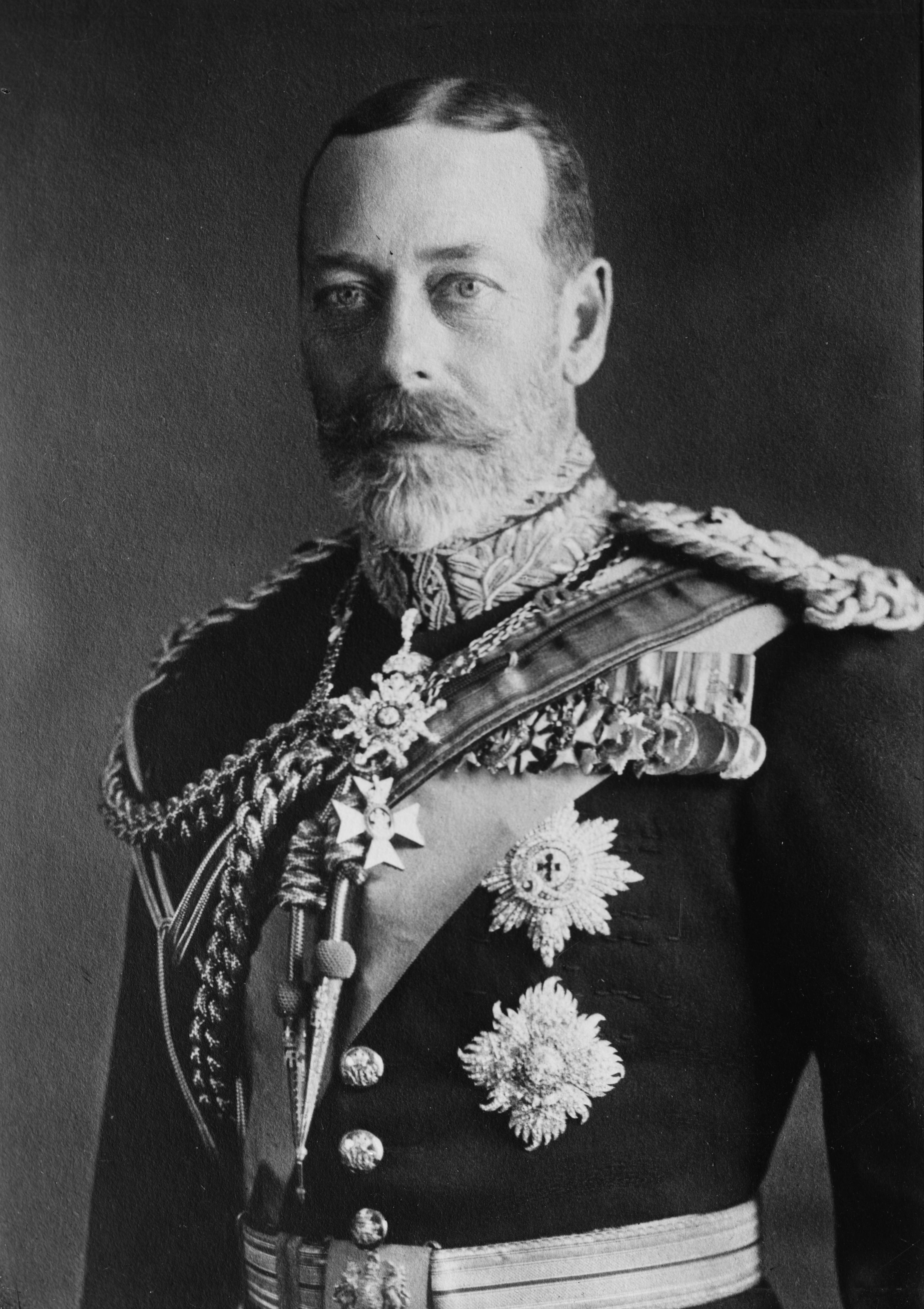
 |
|---|
| From the Shield on a 1926 One Twelfth of a Shilling |
Because there was a coin shortage during World War I, French coins gradually infiltrated the island and were accepted for change. On February 7, 1923, the States passed a law to ban the import of foreign copper coinage in sums exceeding one shilling. This law was confirmed by Order in Council March 12, 1923, and registered in the Royal Court April 7, 1923. The States then proceeded to take steps to remove French copper coinage from circulation. On August 2, 1923, the States authorized the Finance Committee to exchange French copper coins for Jersey copper coins. Between August 27 and September 8, the Treasury carried out at their office the exchange of 1 and 2 sous French coins for Jersey half penny and penny coins and placed advertisements in the press to that effect with an additional reminder that French coinage remained not legal tender1. Approximately 500,000 French coins were recalled and sent to the Royal Mint for production of new coinage. During this time a new design was desired for this recoinage and the States suggested adding a star to the reverse. George Kruger-Gray, the Royal Mint designer suggested two designs. The first design depicted William the Conqueror on horseback.2 The second design was a modification of the coat of arms and was adopted. Since they were struck in late 1923, the new coins did not enter into circulation until 1924. McCammon states that because of the metal content, these coins from the French coinage are typically darker than other Jersey coins.3 In contrast, I have several mint state 1923 coins, and they are brilliantly red-orange and were minted without the use of the French bronze coins. In 1930, the States once again requested the Royal Mint to supply a new design for the reverse of the Jersey coinage. Once again Mr. Kruger-Gray was commissioned to prepare the design and his basic shield design was so popular that it lasted until a complete redesign of the coinage appeared in the 1980s. There are several factors to learn in grading these coins. Visit my site, “Grading the George V Series”, to learn how to quickly and properly grade these coins. |
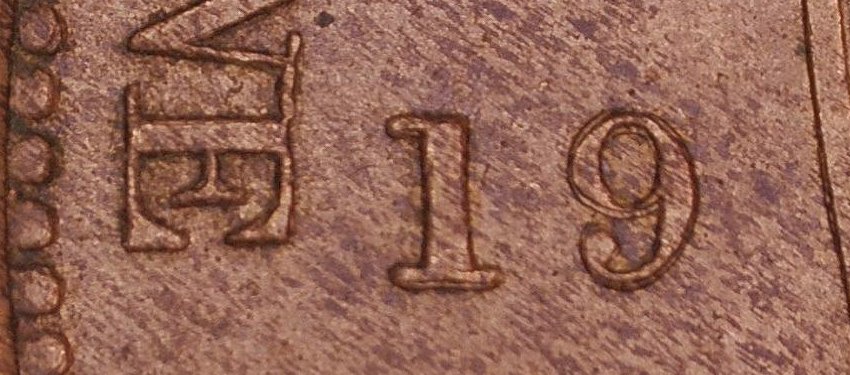 |
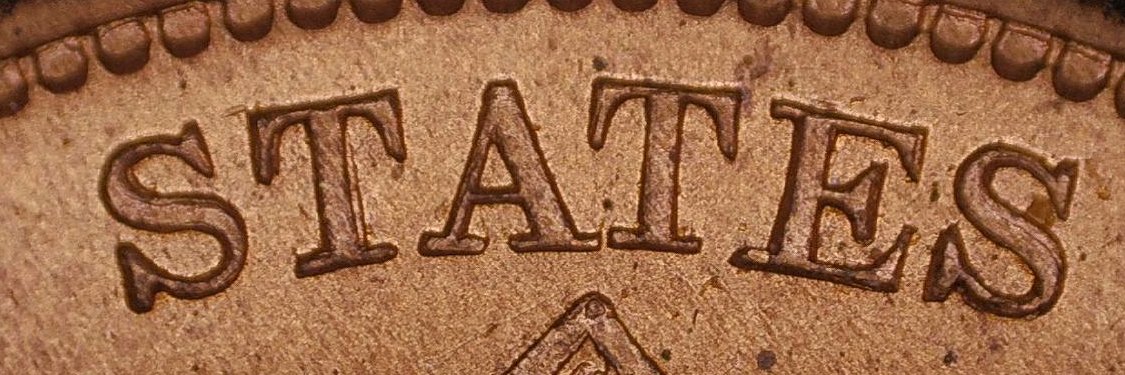 |
 to review the die varieties or
the letter icon
to review the die varieties or
the letter icon  to see images using a digital microscope.
to see images using a digital microscope.
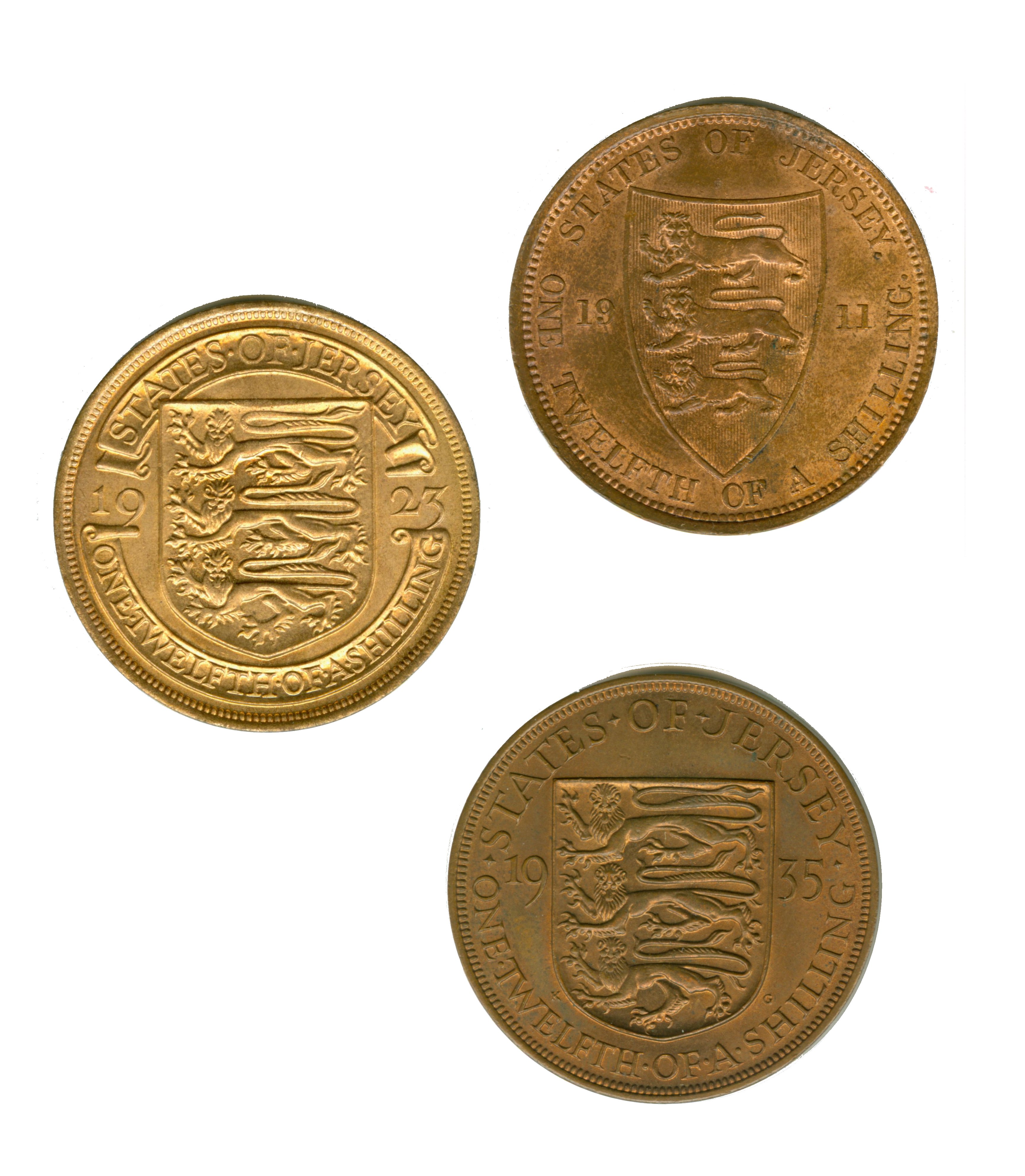
| One Twenty-Fourth of a Shilling 1911, 1913, and 1923 (click on image to enlarge) | |
|---|---|
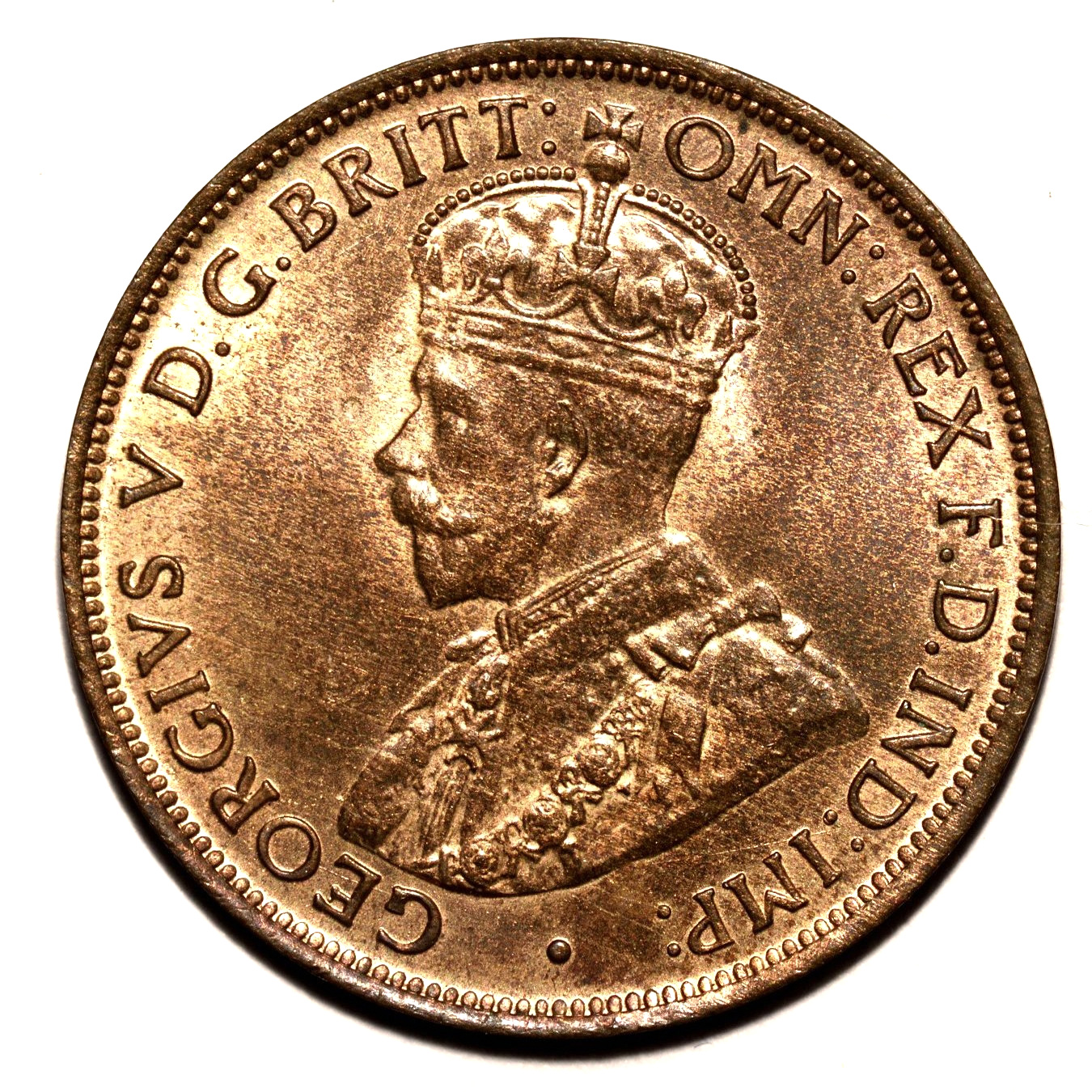 |
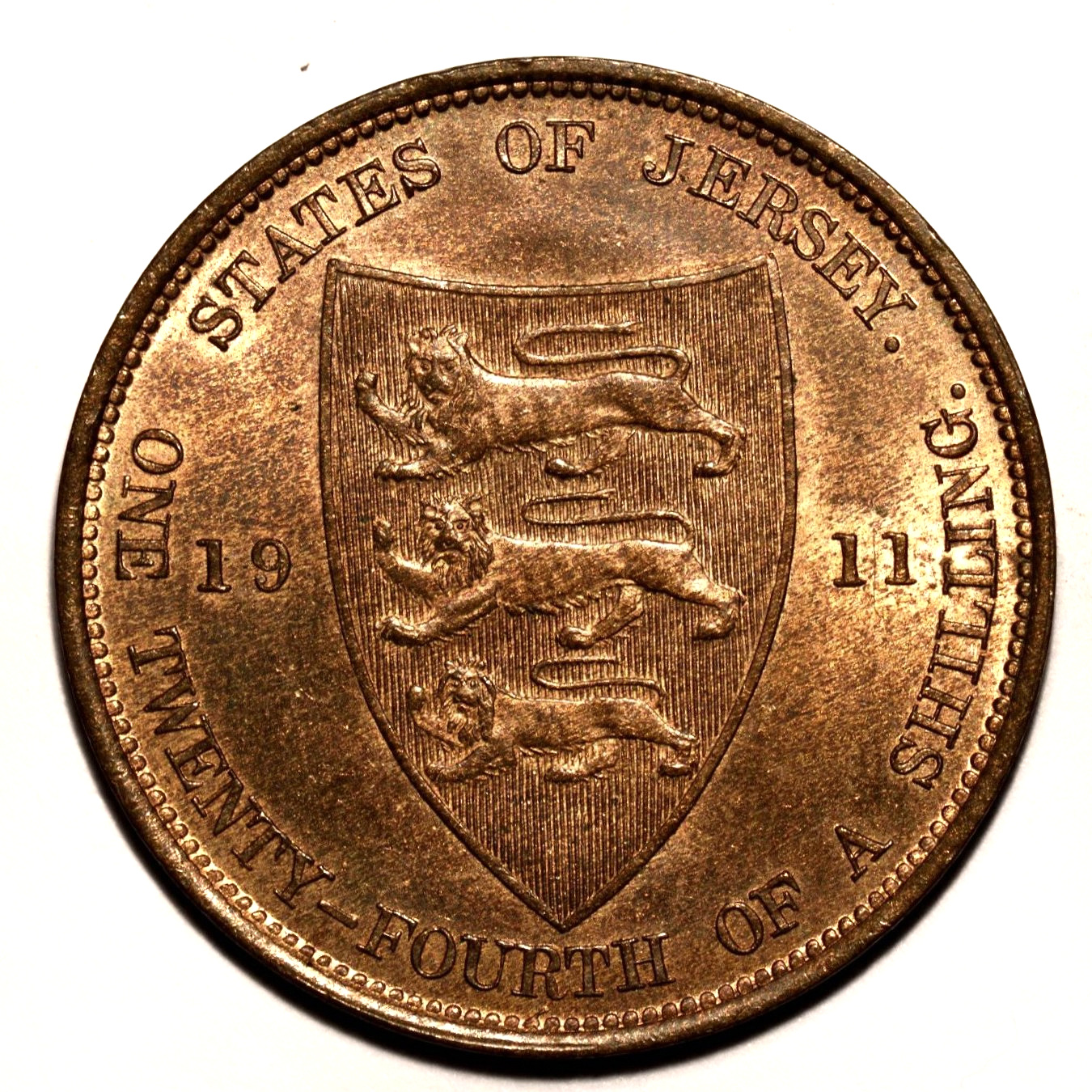 |
Year J# KM# Mintage Diameter
1911 46 11 72,000 25.55 


 1913 47 72,000 25.55
1913 47 72,000 25.55 


 1923 48 72,000 25.55
1923 48 72,000 25.55 



Things to note:
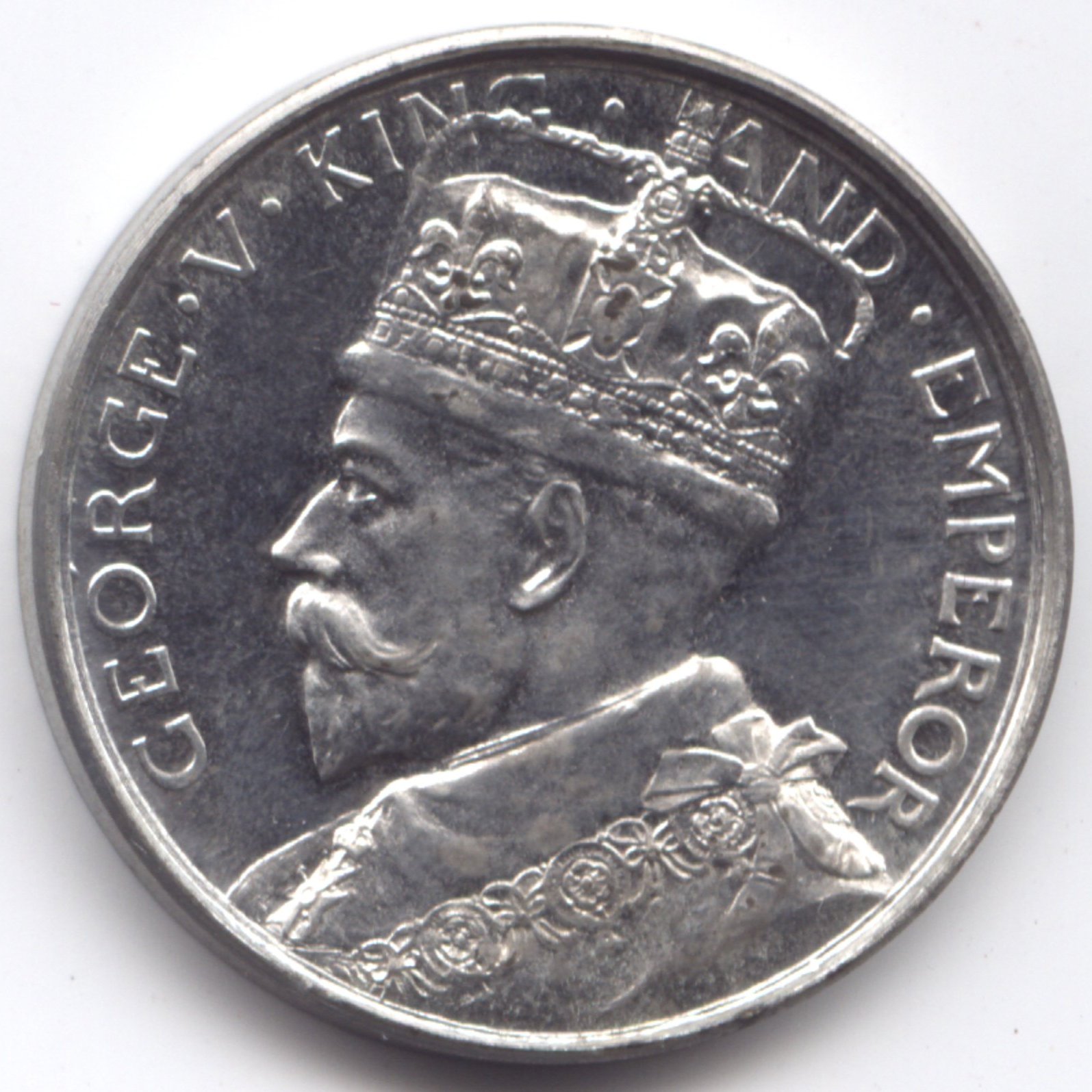 |
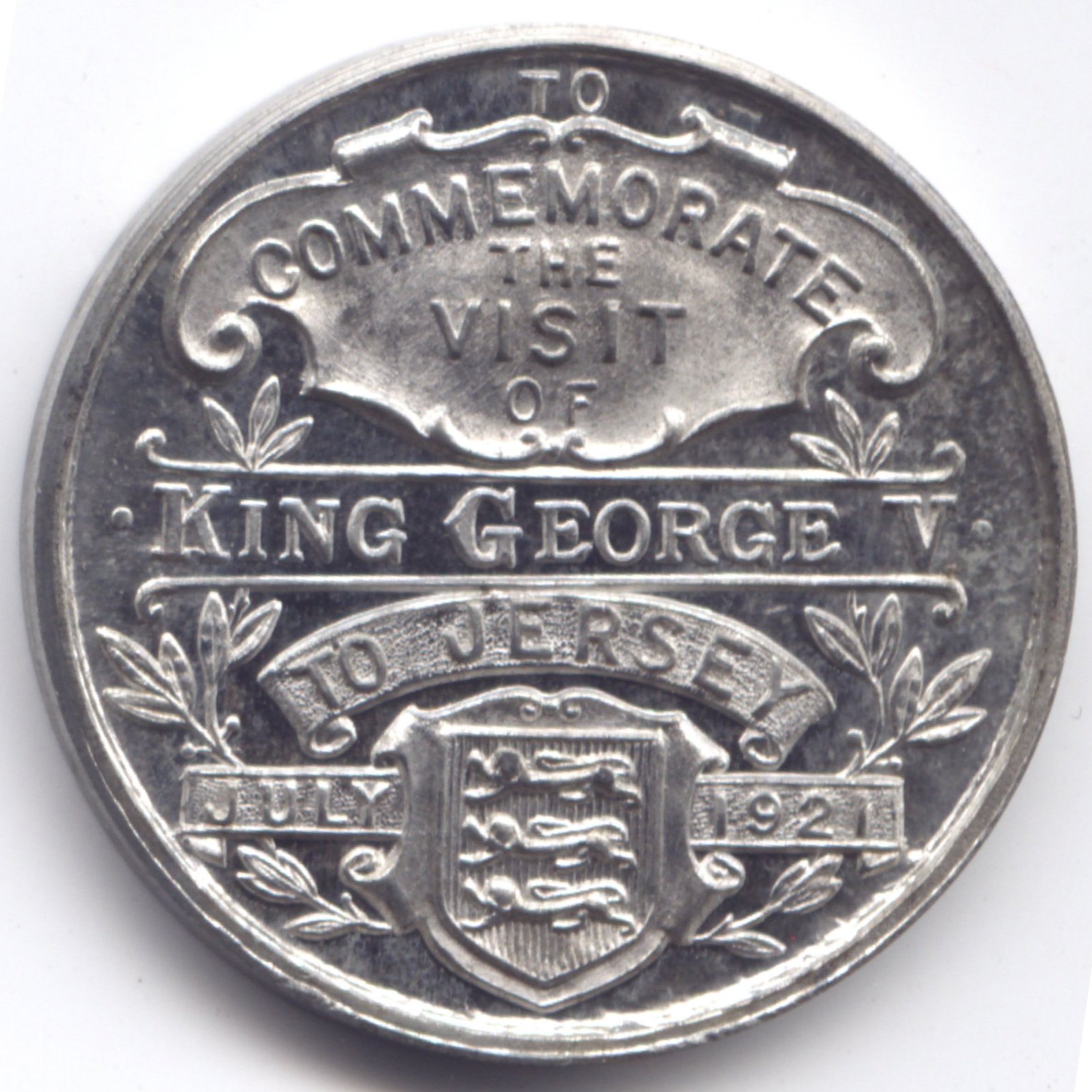 |
| This medal commemorates the visit of King George V and Queen Mary to Jersey in July 1921 aboard the Royal Yacht “Victoria and Alberta”. The purpose of the trip was to visit Elizabeth College and the Royal Agricultural Show at Guernsey. |
| One Twenty-Fourth of a Shilling 1923 and 1926 (click on image to enlarge) | |
|---|---|
 |
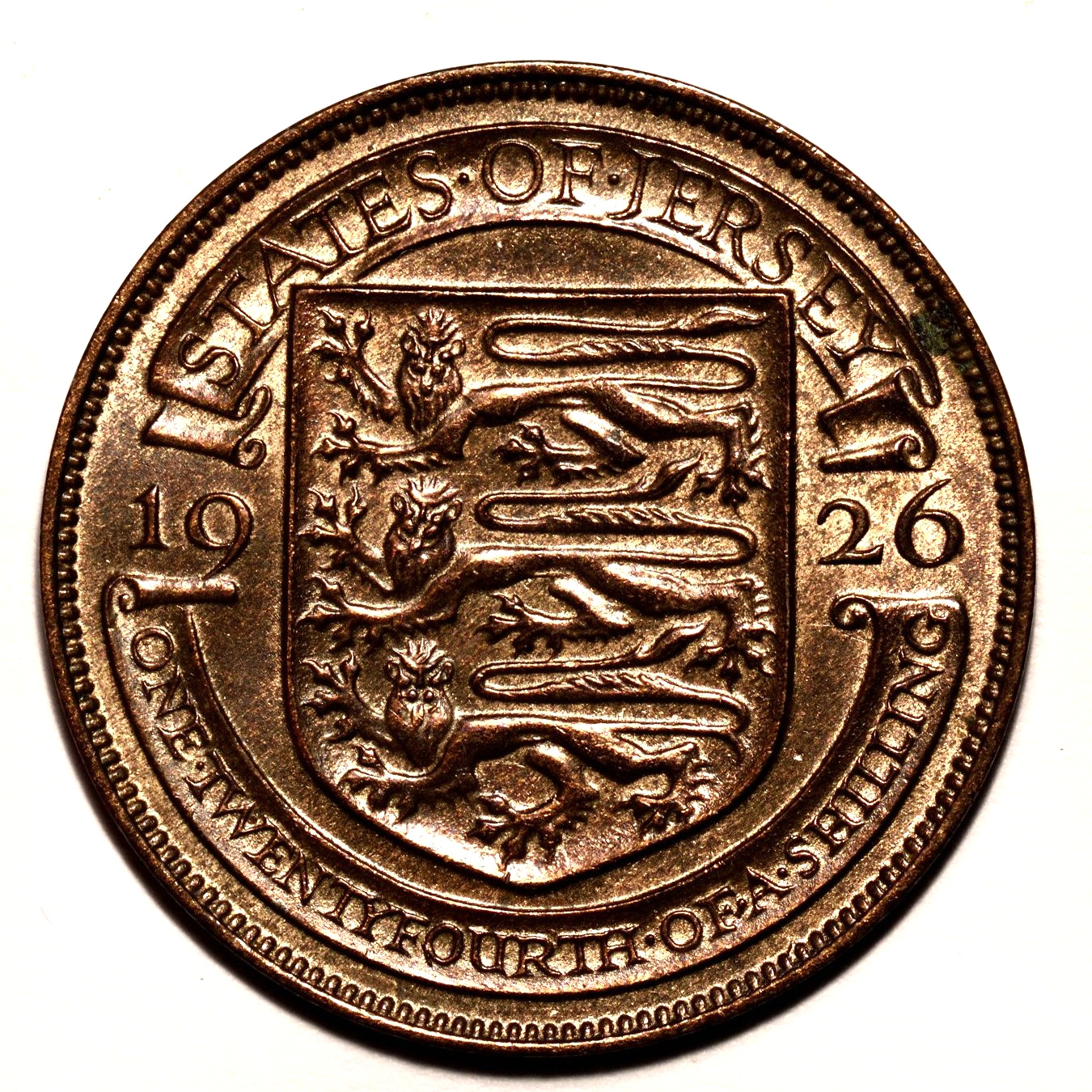 |
Year J# KM# Mintage Diameter
1923 49 13 72,000 25.55 



 1926 50 120,000 25.55
1926 50 120,000 25.55 




From Wilfrid du Pré article in the 1948 Annual Bulletin of La Société Jersiaise5 : Sometime after the second Georgian issue in 1913 the details of the Jersey escutcheon had been critically examined, mainly at the instigation of the Viscount, the late E T Nicolle, in collaboration with Major N V L Rybot, Vice-President of La Société Jersiaise and as a result, certain alterations were effected which, after approval by the officials of the local Treasury, duly appeared on the coinage for the first time in 1923 and again for the second and last time in 1926.The order for the 1926 half pence started on March 3, 1926 and was completed on March 17, 1926 at a cost to the Royal Mint of £58/15/9.6 Things to note:
|
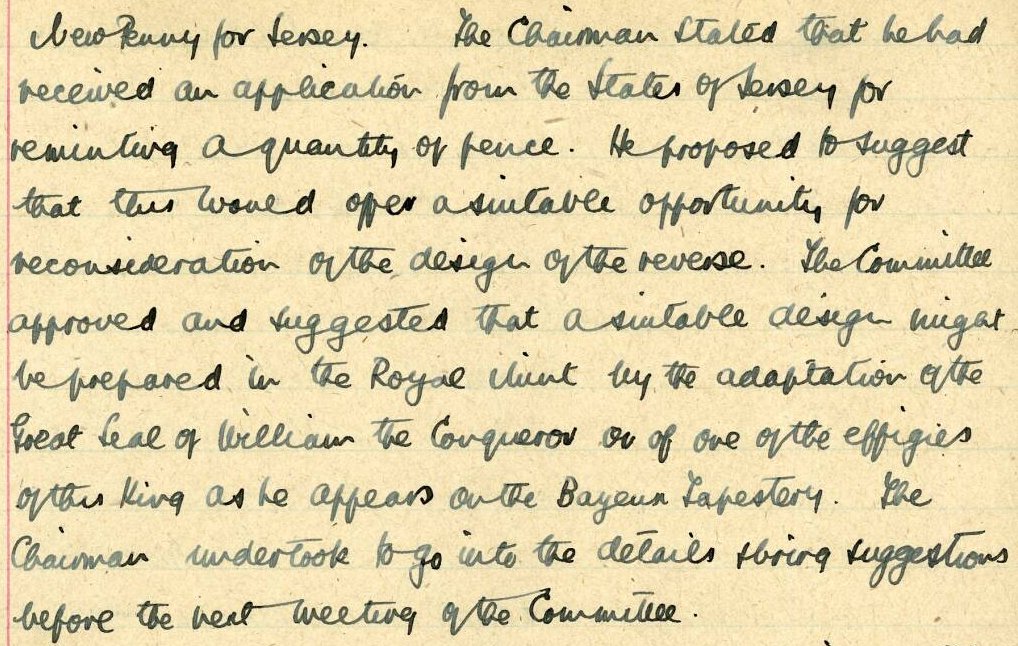
| One Twenty-Fourth of a Shilling 1931, 1933, and 1935 (click on image to enlarge) | |
|---|---|
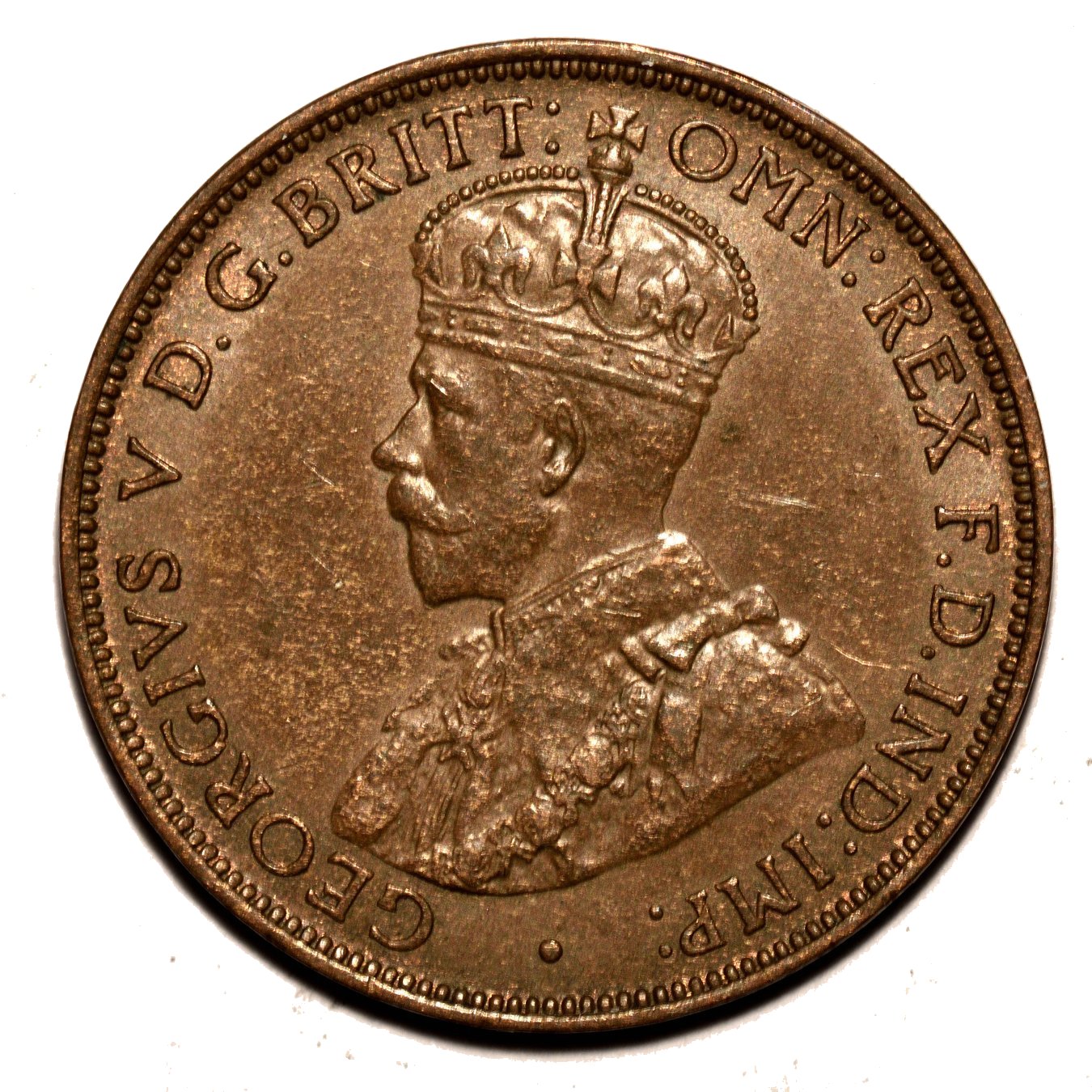 |
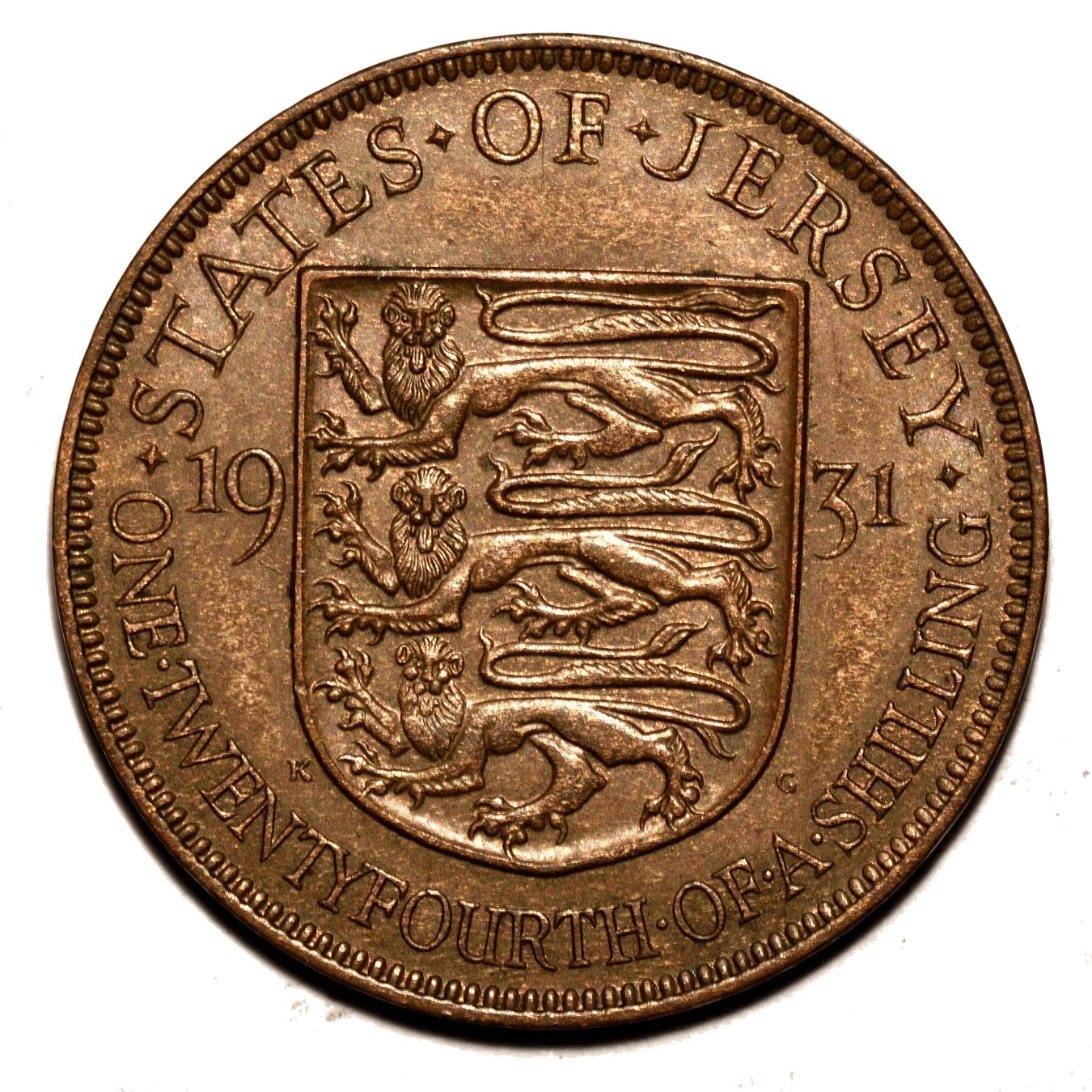 |
Year J# KM# Mintage Diameter
1931 51 15 72,000 25.55 



 1933 52 72,000 25.50
1933 52 72,000 25.50 



 1935 53 72,000 25.50
1935 53 72,000 25.50 




From Wilfrid du Pré article in the 1948 Annual Bulletin of La Société Jersiaise5 : Despite these remarkable anatomical adjustments, the States apparently were not entirely satisfied, and in 1930 requested the Royal Mint to supply a new or revised design for the reverse of the Jersey coinage.The order for the 1931 half pence started on May 27, 1931, and was completed on June 3, 1931, at a cost to the Royal Mint of £92/11/2. The order for the 1933 half pence started on December 20, 1933, and was completed on January 3, 1934, at a cost to the Royal Mint of £51/19/11. The order for the 1935 half pence started on June 19, 1935, and was completed on July 12, 1935, at a cost to the Royal Mint of £51/1/2.6 Things to note:
|
| One Twelfth of a Shilling 1911, 1913, and 1923 (click on image to enlarge) | |
|---|---|
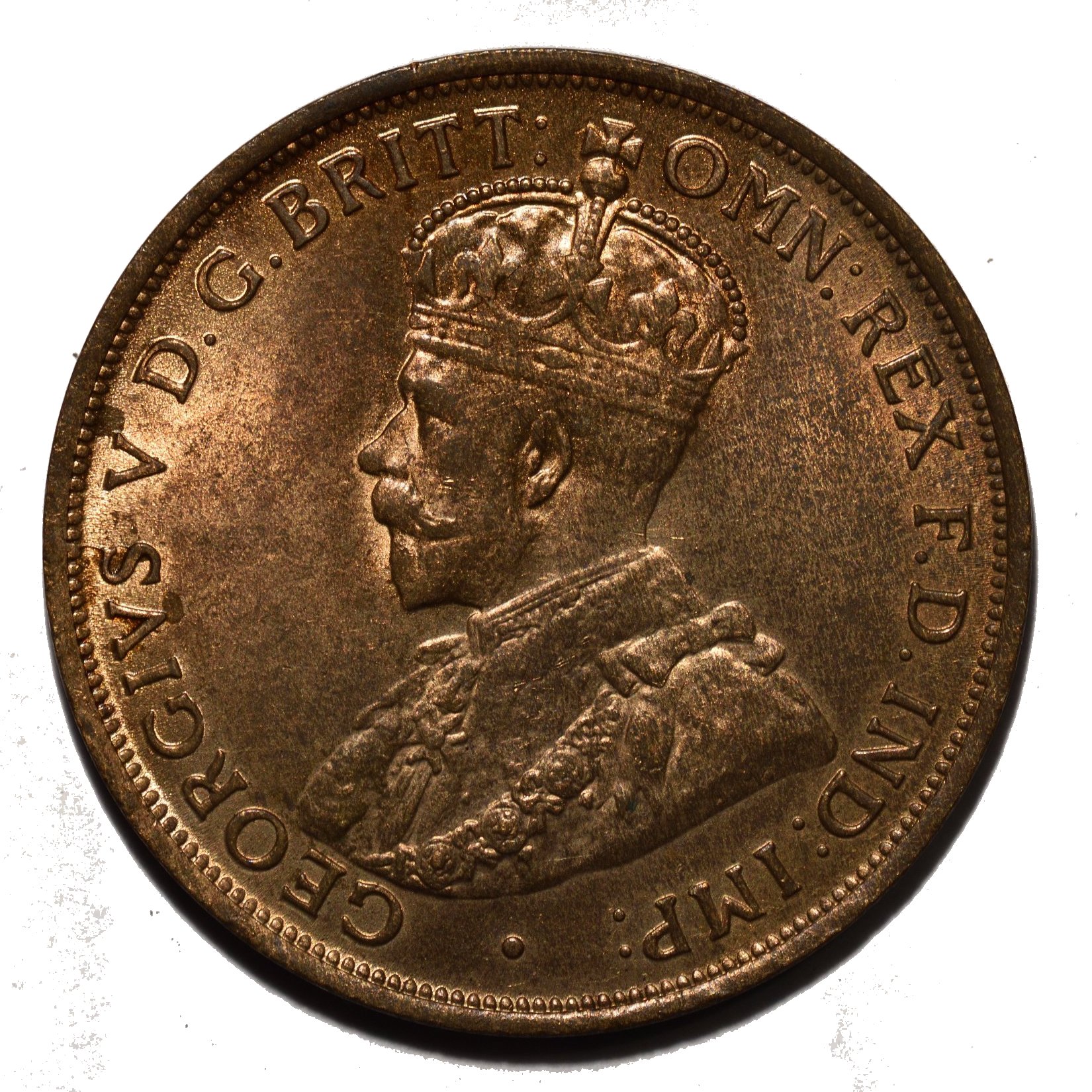 |
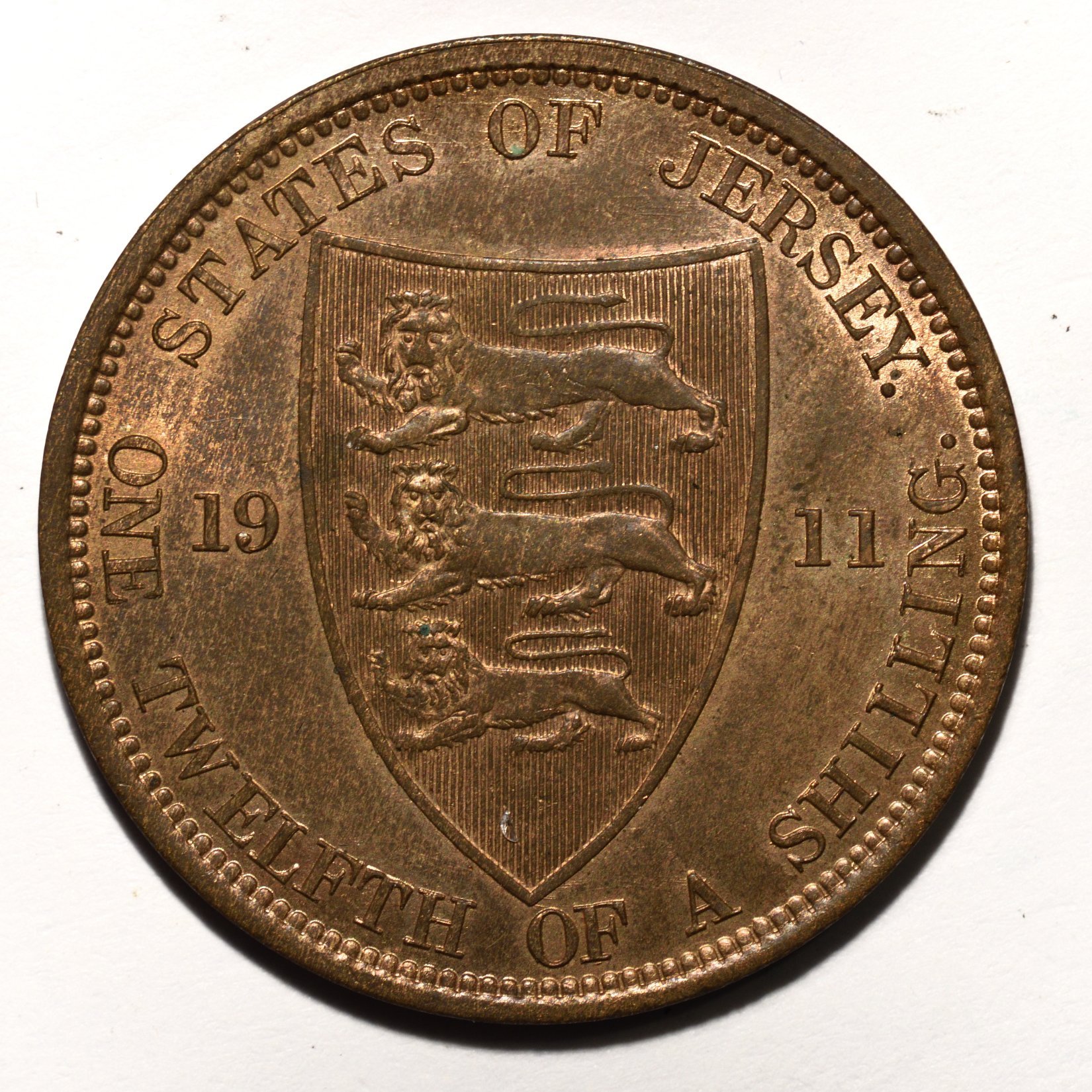 |
Year J# KM# Mintage Diameter
1911 17 12 204,000 30.85 


 1913 18 204,000 30.90
1913 18 204,000 30.90 


 1923 19 204,000 30.80
1923 19 204,000 30.80 



Things to note:
| One Twelfth of a Shilling 1923 and 1926 (click on image to enlarge) | |
|---|---|
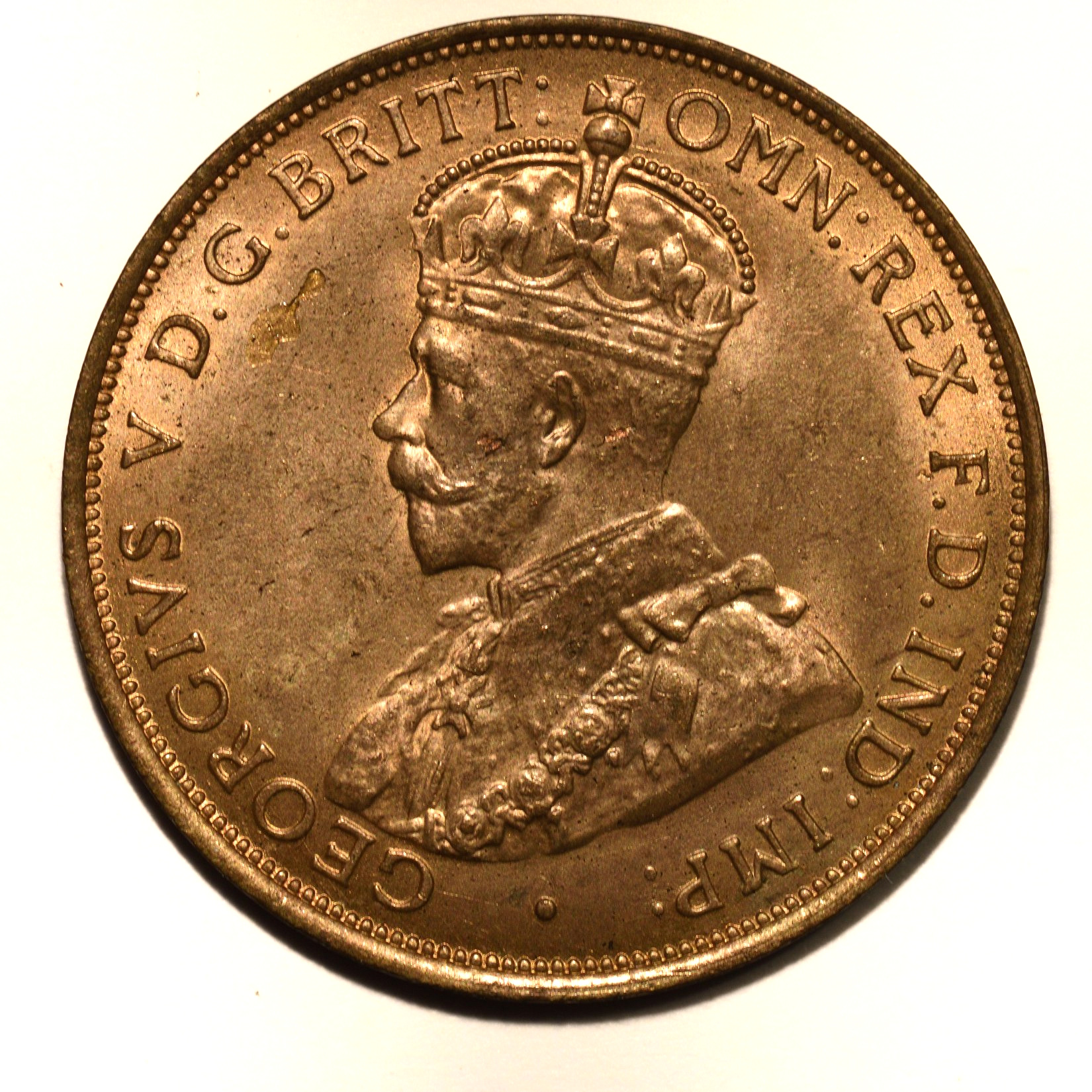 |
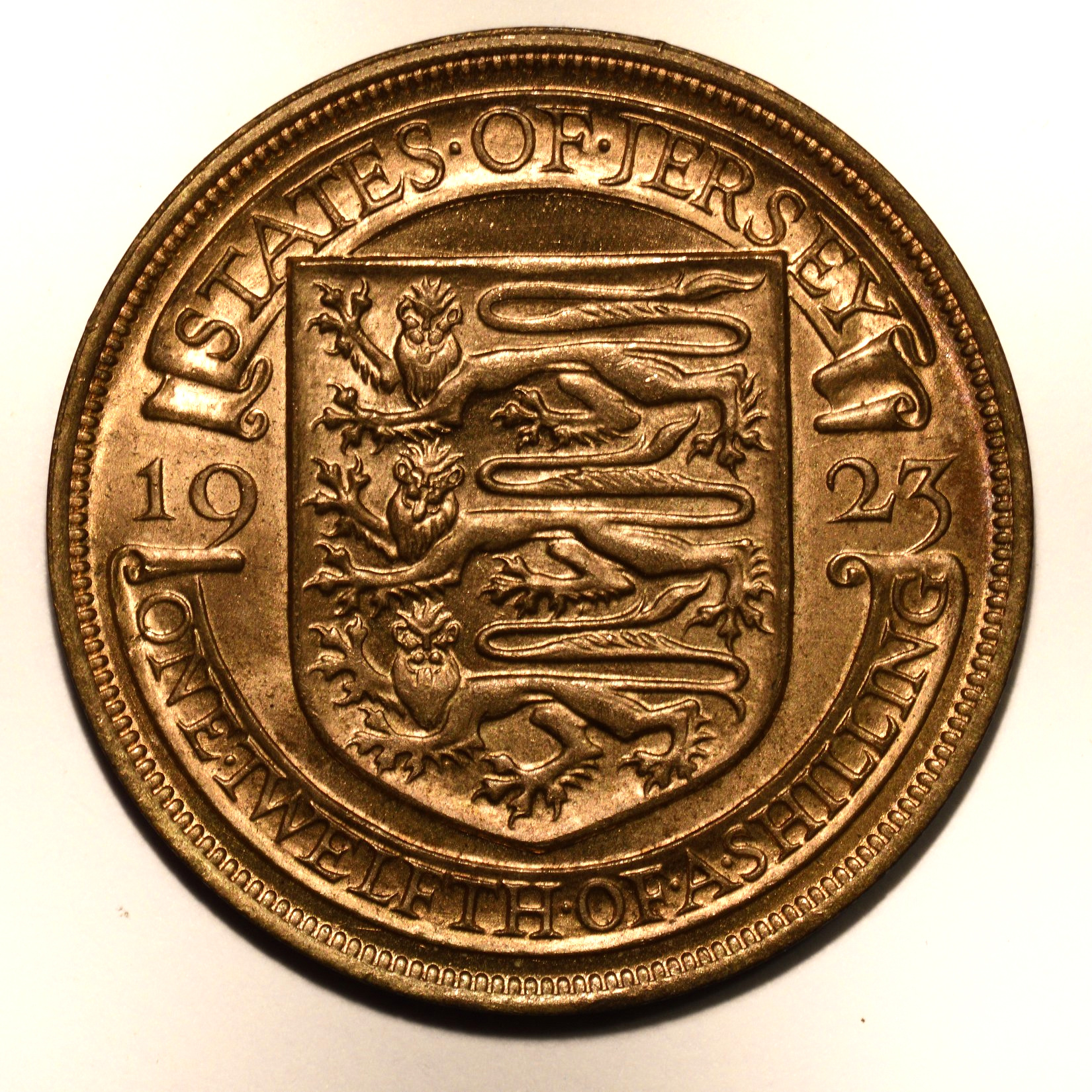 |
Year J# KM# Mintage Diameter
1923 20 14 301,200 30.80 


 1926 21 82,800 30.80
1926 21 82,800 30.80 



As distinct from the fastidious trivialities of heraldic blazonry, the year 1923 was one of special interest for Jersey numismatists. In this year there were three different types of George V pence, each dated 1923. The first shows the 'spade" shield as adopted in 1877, the second has the shield of 1841, enclosing the metamorphosed lions - but with its ornamented border replaced by the two ribbon scrolls - while the third, although identical with the second as regards as details of design, is essentially unique in the history of Jersey coinages.If you review the Royal Mint documents concerning the 1923 and 1926 issues, you will determine the reason for the mintage of only 82,800 coins for the 1926 penny. On October 31, 1922 the States authorize an issue of copper coins to not exceed £3000. Using recalled French coins, the Royal Mint produced £1255 in pence and £150 in halfpence. Three years later the States requested, “whether it would be possible to have minted £595 of Jersey Copper similar to that of 1923. This amount represents the balance of £3000 ...”8 However doing the math £1255+£150+£595 = £2000 and not £3000. It seems that the Finance Committee of the States of Jersey didn't do their math correctly. The 1926 Jersey penny is one of the key coins of this series because of a math error! The order for the 1926 pence started on February 24, 1926 and was completed on March 10, 1926 at a cost to the Royal Mint of £82/4/6.8 Things to note:
|
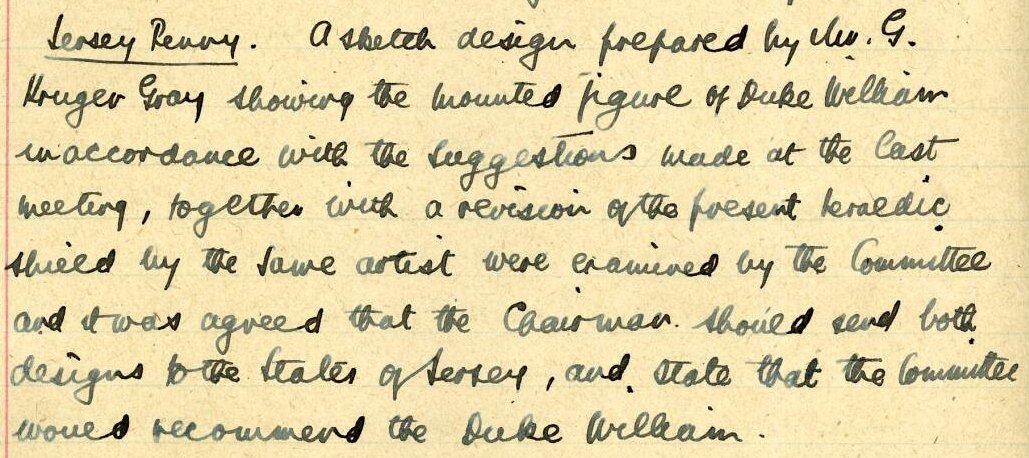
| One Twelfth of a Shilling 1931, 1933, and 1935 (click on image to enlarge) | |
|---|---|
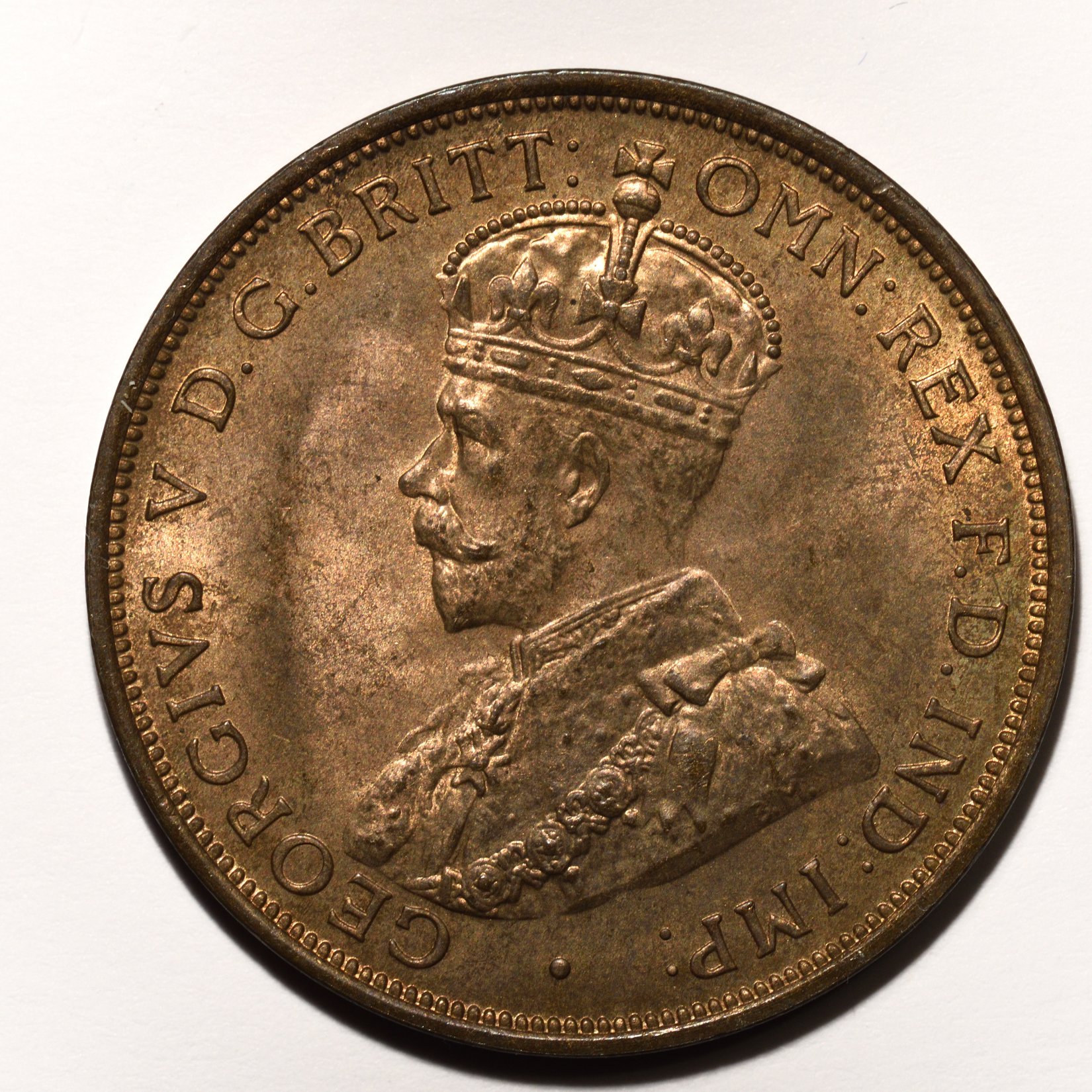 |
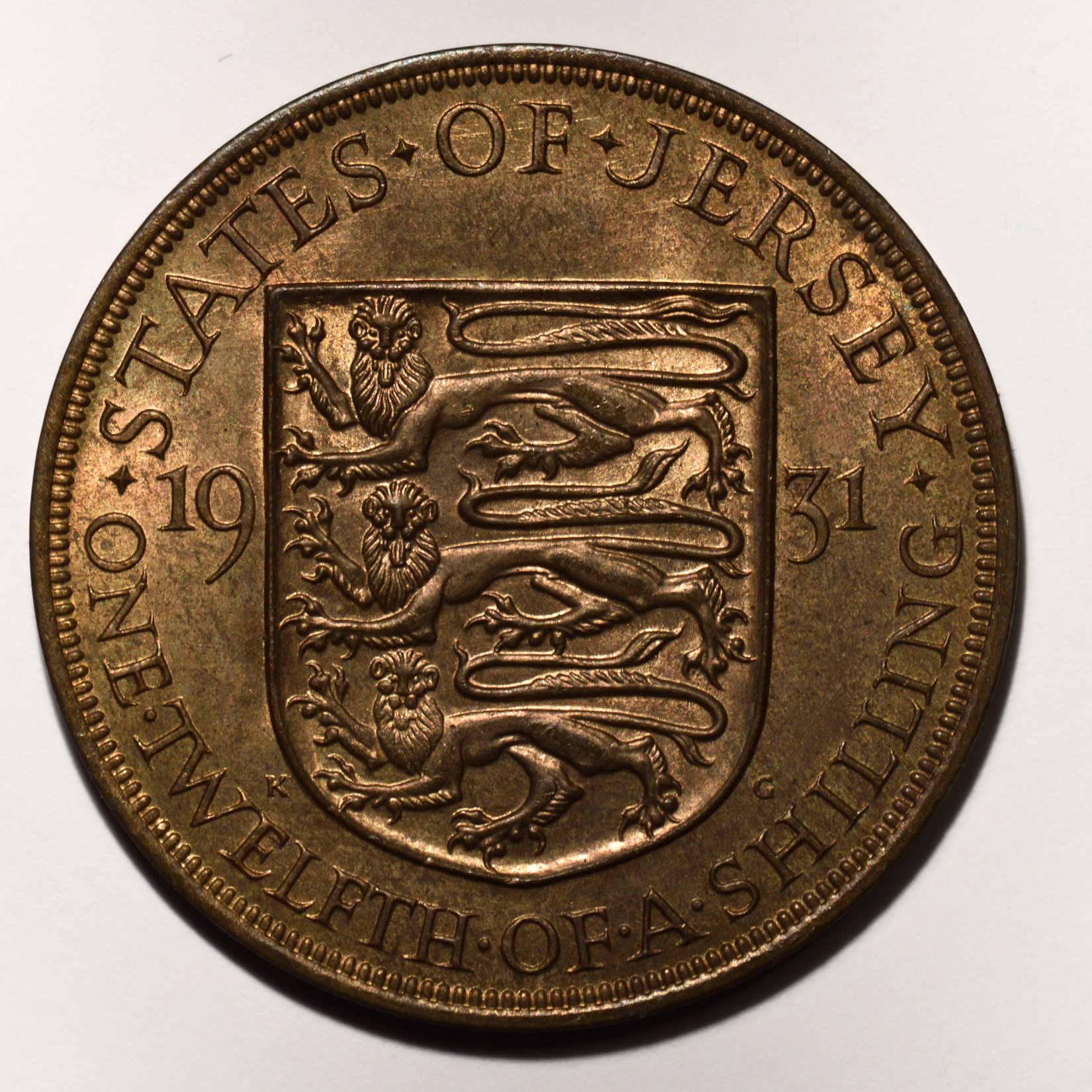 |
Year J# KM# Mintage Diameter
1931 22 16 204,000 30.80 



 1933 23 204,000 30.80
1933 23 204,000 30.80 



 1935 24 204,000 30.80
1935 24 204,000 30.80 



The order for the 1931 pence started on May 13, 1931, and was completed on June 3, 1931, at a cost to the Royal Mint of £224/6/8. The order for the 1933 pence started on December 20, 1933, and was completed on January 3, 1934 at a cost to the Royal Mint of £202/19/11. The order for the 1935 pence started on June 12, 1935, and was completed on July 12, 1935 at a cost to the Royal Mint of £198/13/2.6 Things to note:
Fun Fact: Newspapers reported that some people thought that the Jersey 1933 penny was worth a fortune!
|
| The History of the Calcutta Penny Obverse in Australia by Jon Saxton |
|
|---|---|
In due course the war ended and by 1919 Melbourne Mint started striking pennies and halfpennies using working dies supplied from London. Not enough penny dies were supplied and Melbourne actually created a derivative punch from an unused working die and thus was able to prepare more working dies in-house. Meanwhile there were moves afoot replace the large bronze coins with smaller squarish coins struck in a nickel alloy and the Melbourne Mint did not order any 1920 dies. Procrastination on the part of the government of the day in authorising the nickel coins put the Melbourne Mint under considerable pressure when it had no approval for the new coins and no dies for bronze coins. In the interest of expediency, the Royal Mint suggested that Australia order dies from Calcutta and on 19th May 1920 an order for twenty pairs of (penny) working dies was cabled to Calcutta. When the Calcutta Mint informed the Melbourne Mint that it could only supply soft unturned dies because it did not know the fittings for the Australian presses, Melbourne also added a request for a pair of punches. Thus it was that the Melbourne Mint ended up with a set of penny obverse and reverse master tools in the “Calcutta” pattern as well as five “London” obverse dies left over from the 1919 production. The result was that all 1920 pennies were struck with a Calcutta reverse and most of them had a Calcutta obverse. New working dies were supplied in 1921 and 1922. In 1923 the Royal Mint supplied master dies and hubs for the first time. All the obverses were London pattern, the 1921 and 1922 reverses were Birmingham pattern and the 1923 reverse was again London. In 1923 Melbourne began making its own working dies and doing the redating for subsequent years and throughout the twenties a mixture of die types was used. By 1927 the Calcutta tools had all been used and destroyed but at least one of the two new hubs shipped from London in 1928 and 1929 was derived from the Calcutta obverse penny master die. This was used until 1931 after which Australia standardised on the London obverse and the Birmingham reverse for its pennies. Now the interesting thing from the Jersey perspective is that presence of Calcutta obverse tools in the 1927/28 shipments to Australia showed that the Royal Mint still had the Calcutta pattern master tools at that time, and presumably also in 1933 when the Calcutta obverse appeared on Jersey 1/12 shilling coins. Why 1933 should be the year that Jersey got Calcutta pattern obverse dies is not something on which I care to speculate. |
 |
 |
| The 1911 One Twenty-Fourth of a Shilling |
 |
 |
| The 1926 One Twenty-Fourth of a Shilling |
 |
 |
| The 1923 One Twelfth of a Shilling |
 |
 |
| The 1931 One Twelfth of a Shilling |
